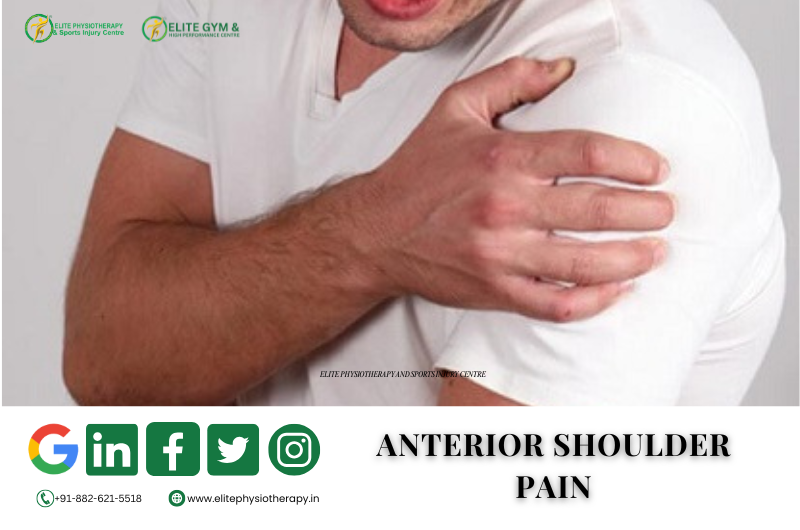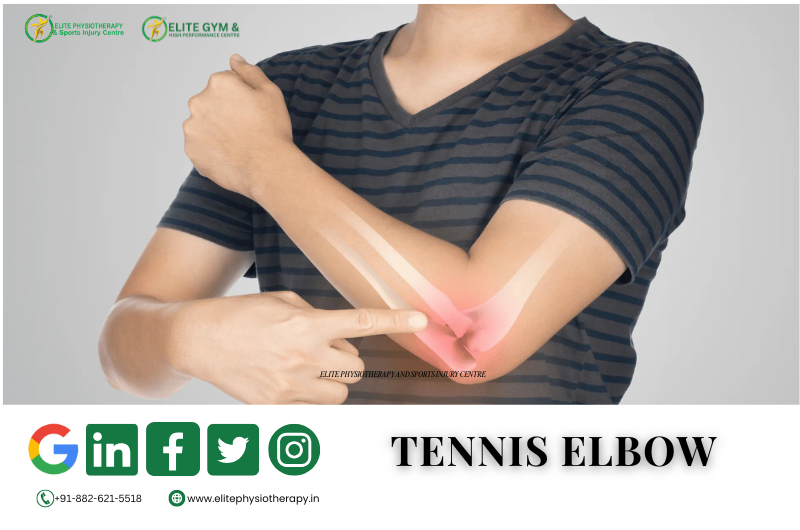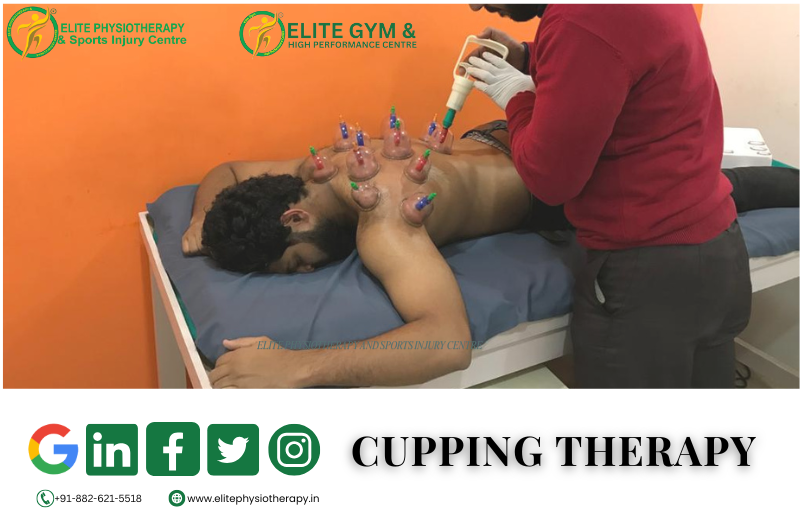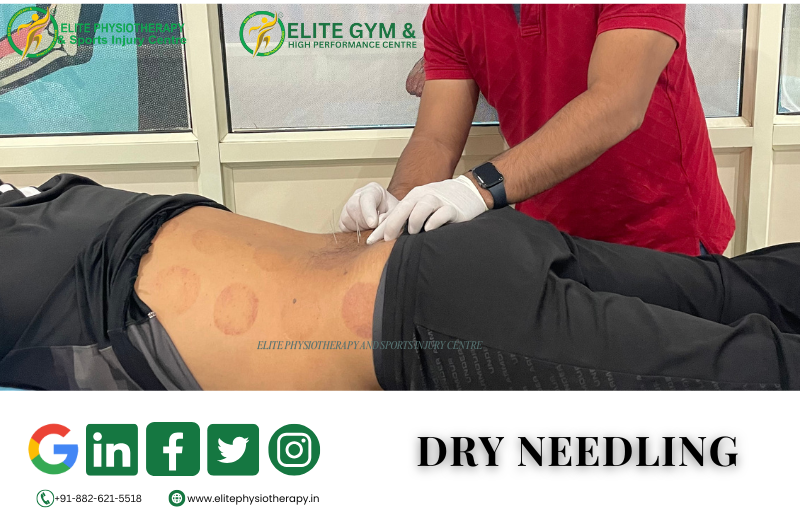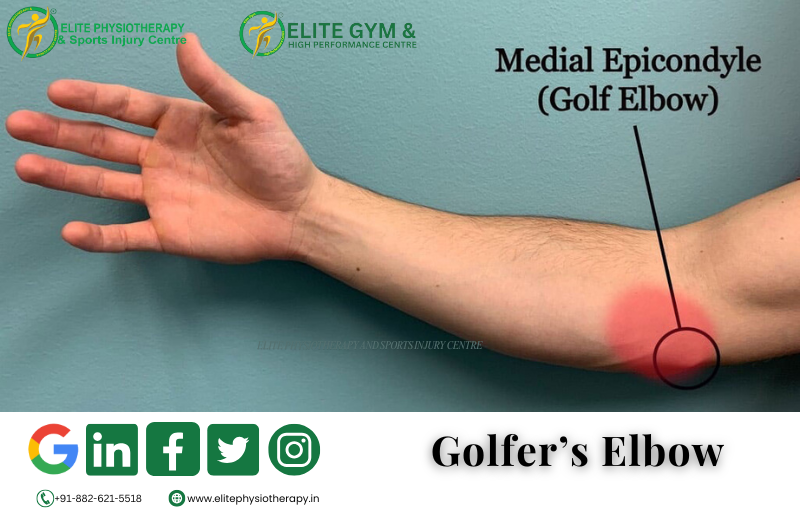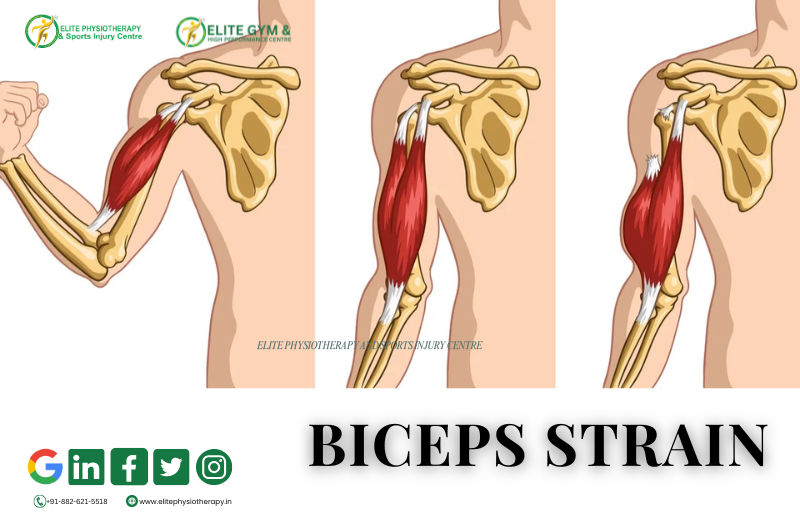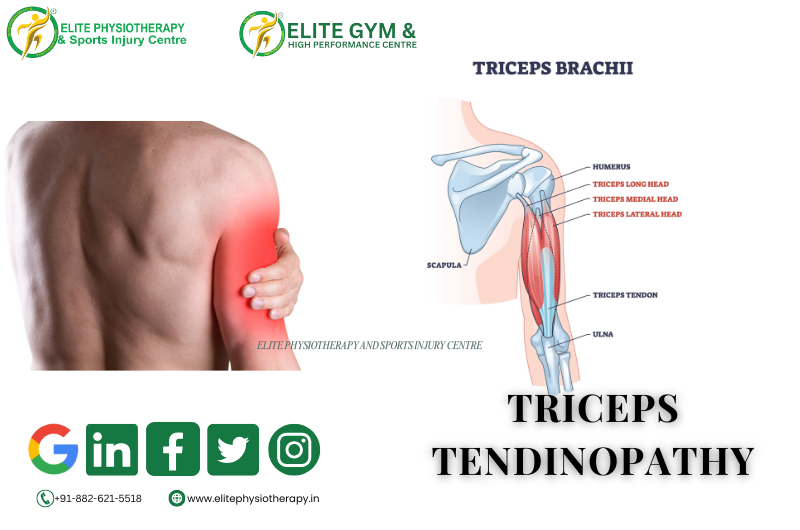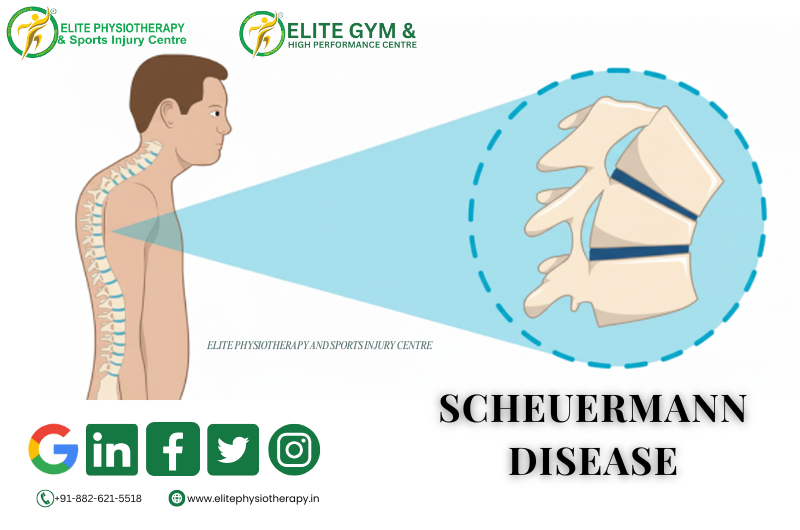What is Shoulder Impingement Syndrome?
Shoulder Impingement Syndrome occurs when the tendons or bursa within the shoulder joint are compressed during arm movement. Pain, inflammation, and limited motion are the results of this compression. Among athletes and active people, it is one of the most frequent causes of shoulder pain.
We specialize in treating shoulder impingement at Elite Physiotherapy and Sports Injury Centre using cutting-edge evaluation methods and contemporary physiotherapy treatments for a quicker recovery.
Causes of Shoulder Impingement
- Overuse from weightlifting, badminton, or swimming
- Shoulder rounding due to poor posture
- Weak scapular or rotator cuff muscles
- The subacromial space’s structural constriction
- Inappropriate lifting methods or biomechanics
Clinical Features and Symptoms
- Severe pain when moving overhead
- Sleeping on the afflicted side causes pain.
- Weakness in reaching or lifting
- A clicking or snagging feeling in the shoulder
- Restricted range of motion in the shoulder
Diagnosis and Physiotherapy Assessment
A thorough clinical examination aids identification of impingement. Elite Physiotherapy’s physiotherapists conduct a thorough shoulder evaluation that includes:
- Observation: Verifying muscular symmetry, scapular alignment, and posture
- Palpation: Finding pain in the subacromial or rotator cuff area
- Range of Motion (ROM): Evaluating shoulder mobility, both active and passive
Special Physiotherapy Tests
- Neer Impingement Test:
- Hawkins-Kennedy Test:
- Painful Arc Test:
- Empty Can Test:
Physiotherapy Management at Elite Physiotherapy and Sports Injury Centre
When treating Shoulder Impingement Syndrome, physiotherapy is essential. Pain relief, mobility restoration, and shoulder complex strengthening are the main goals of treatment at Elite Physiotherapy.
1. Pain and Inflammation Control
- Shock Wave Therapy: Promotes healing in the rotator cuff tendons and aids in the breakdown of calcific deposits.
- Super Inductive System (SIS): Uses high-intensity electromagnetic fields to induce deep muscle activation and modulate pain. It significantly lowers inflammation and speeds up tissue repair.
- High-Intensity Laser Therapy (HILT): Deep tissue heating and cellular regeneration are two benefits of High-Intensity Laser Therapy (HILT). It quickly lessens pain and improves blood flow.
- Dry needling: Eases tension in the muscles surrounding the shoulder and scapula and relieves myofascial trigger points.
- Cupping therapy: Increases tissue mobility, decreases adhesions, and improves local blood circulation.
2. Manual Therapy and Joint Mobilization
Soft tissue techniques and joint mobilizations are used once pain has been managed.
To restore mobility, physiotherapists execute inferior and posterior glides of the glenohumeral joint.
Techniques for myofascial release and scapular stability are used to reduce tension and enhance movement patterns.
3. Strengthening Phase
- External and internal rotations with resistance bands
- Scapular retraction and depression drills
- Prone Y, T, and W exercises for scapular stability
- Closed-chain strengthening for shoulder control
4. Postural Correction and Biomechanical Training
A crucial component of rehabilitation is postural reeducation.
We concentrate on scapular alignment, thoracic extension mobility, and ergonomic adjustments for desk workers and athletes.
Athletes frequently employ video analysis and corrective exercises to maximize their movement patterns.
5. Functional and Sport-Specific Rehabilitation
Sport-specific exercises are incorporated after strength and mobility are restored.
This gives athletes the confidence to resume overhead exercises like lifting, swimming, and throwing.
For full functional rehabilitation, our physiotherapists combine proprioceptive and plyometric training.
Why Choose Elite Physiotherapy and Sports Injury Centre
At Elite Physiotherapy, every shoulder impingement case is evaluated through a detailed biomechanical and functional assessment.
Our treatment blends evidence-based physiotherapy with advanced modalities like Shock Wave, SIS, HILT, Dry Needling, and Cupping for superior results.
We aim for faster, pain-free recovery and safe return to sport and daily activity.
Conclusion
Shoulder Impingement Syndrome can severely affect performance and daily function if not managed properly.
Through precise assessment, modern physiotherapy techniques, and personalized care, Elite Physiotherapy and Sports Injury Centre ensures complete recovery and long-term prevention.


